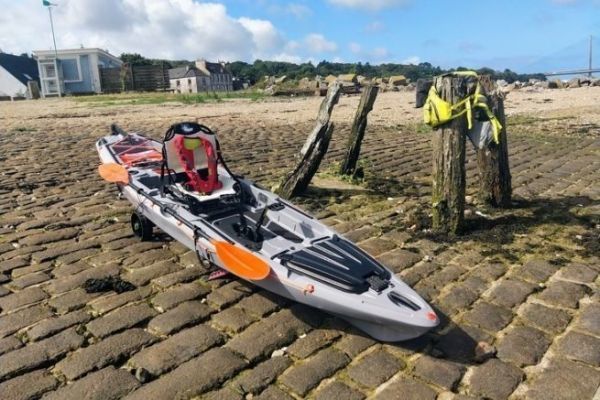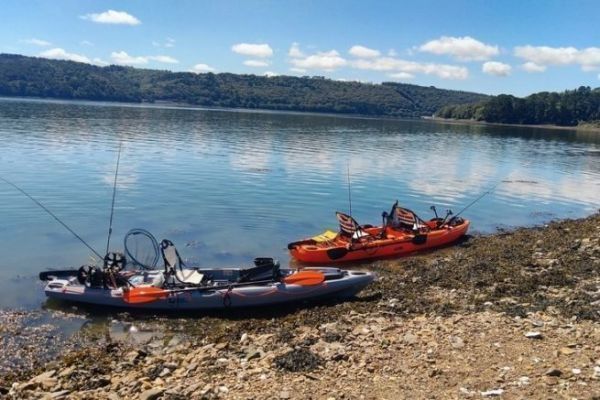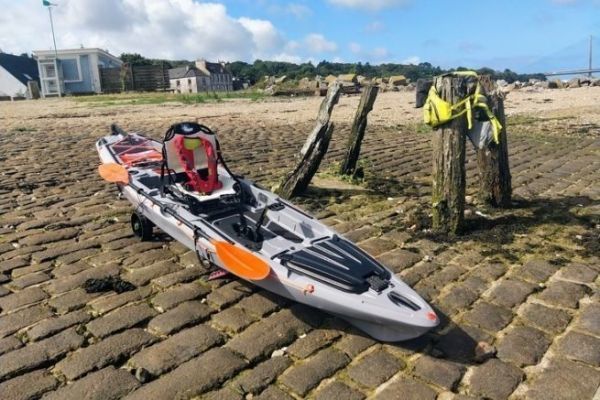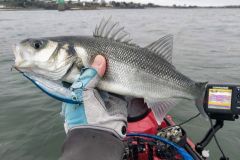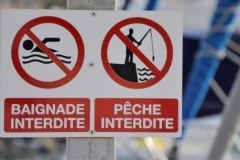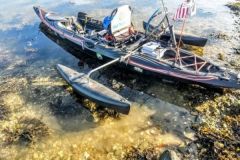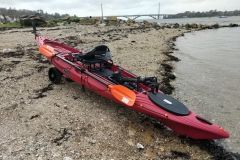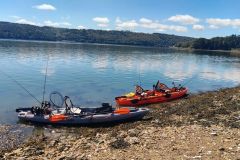A sea-approved kayak
Kayak regulations are based on Division 240 and Technical Reference 245. To be able to fish with a kayak beyond the 300 m limit, your float must be sea-approved. This certification will enable you to register your kayak with Maritime Affairs. When you buy your kayak, your seller will provide you with a certificate of conformity on which you will find your hull number. The procedure for obtaining a "carte de circulation" is now paperless. You'll need to provide the following documents:
- Certificate of conformity.
- Purchase invoice.
- A photocopy of your CI or passport.
- Proof of address.
- Completed yachting form (also available online). Here's the website address for the various procedures.
Note: to register a used kayak, you must also provide a certificate of sale. This is free of charge.
With this key, you can fish with complete peace of mind, or set up a trap, for example, under the same regulations as for a boat. This registration will give you a registration number for your float. You don't have to affix this number to the hull if you stay within 2 miles, but you do have to affix it to the inside of the hull, visible from the cockpit. If you go beyond 2 miles, up to 6 miles, you'll need to affix it on each side.
Now you've got your certificate. Depending on how far away you are, you'll also need safety equipment adapted to the type of navigation you'll be doing.
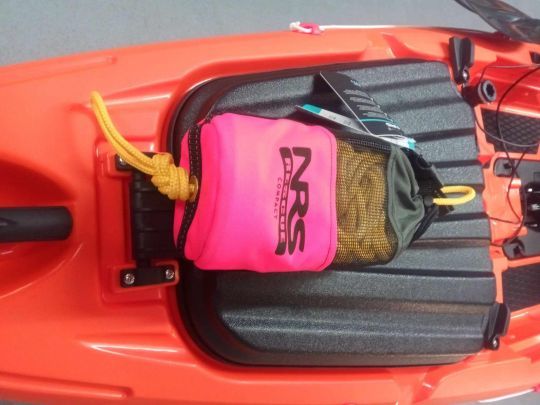
Safety equipment
Basic up to 2 miles from a shelter, coastal up to 6 miles from a shelter. What is a shelter? A shelter is a place on the coast where any craft or vessel and its crew can safely dock and leave without assistance.
Compulsory equipment (kayak):
- Vest ( 50 newtons) with flashing light.
- Whistle.
- Towing end.
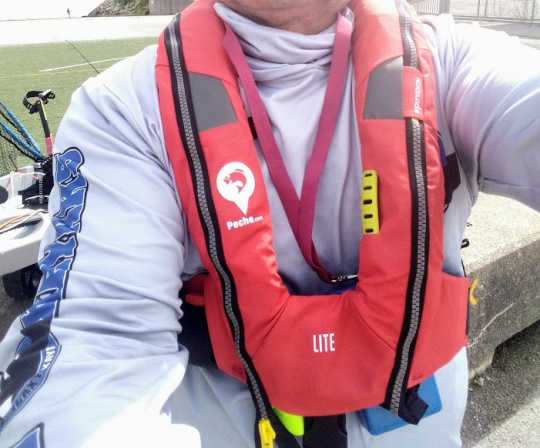
Sailing beyond the 2-mile limit requires additional (coastal) equipment, a minimum of 2 people out on the water, a VHF, a 150 Newton vest, etc, etc. Very few kayak anglers go beyond 2 miles.
Note: since January 1, kayaks powered by an electric motor must have a circuit breaker installed and in place. I've summarized what's important for completeness, find all the yachting information sheets.
Various practical tips
There are also several regulatory articles dedicated more specifically to kayaking on galaxykayaks blog . So there's the obligatory regulatory side, and then there's the feedback side. It's mostly in the form of tips, and here are a few of them:
- Learn how to get back into your kayak after a desalination here's a desalting safety sheet that explains.
- Avoid going out alone, especially at first.
- In all circumstances, it is compulsory to wear a vest, adapted to your morphology and practice.
- Bring a change of clothes in a waterproof bag.
- Adapt your outfit to the weather conditions.
- Check all your equipment before going out on the water.
- Take note of the weather forecast for the coming hours and the tide times.
- Tell someone close to you where you'll be launching and when you'll probably be back (let them know when you get out of the water).
- Adapt your safety equipment to the distance of your outing, so that it's neatly stowed away and within easy reach.
- Take along a waterproof telephone and/or a VHF to alert the emergency services in case of need. The VHF stays on standby once you're on the water, so while it's not compulsory, I strongly recommend it. Here's an article on how to use a VHF.
- A bottle of water, a few energy bars and a mini first-aid kit complete the kit.
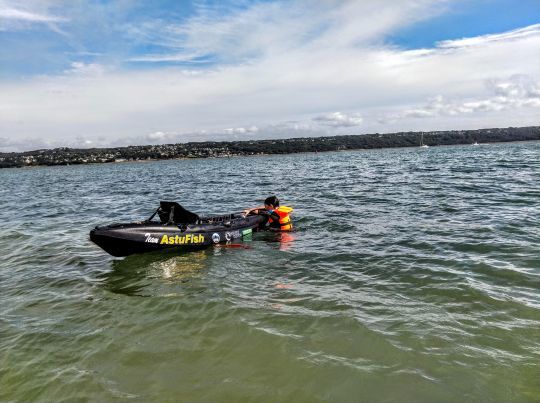
To make sure your outing doesn't turn into a nightmare, keep these tips in mind and, above all, enjoy yourself.
